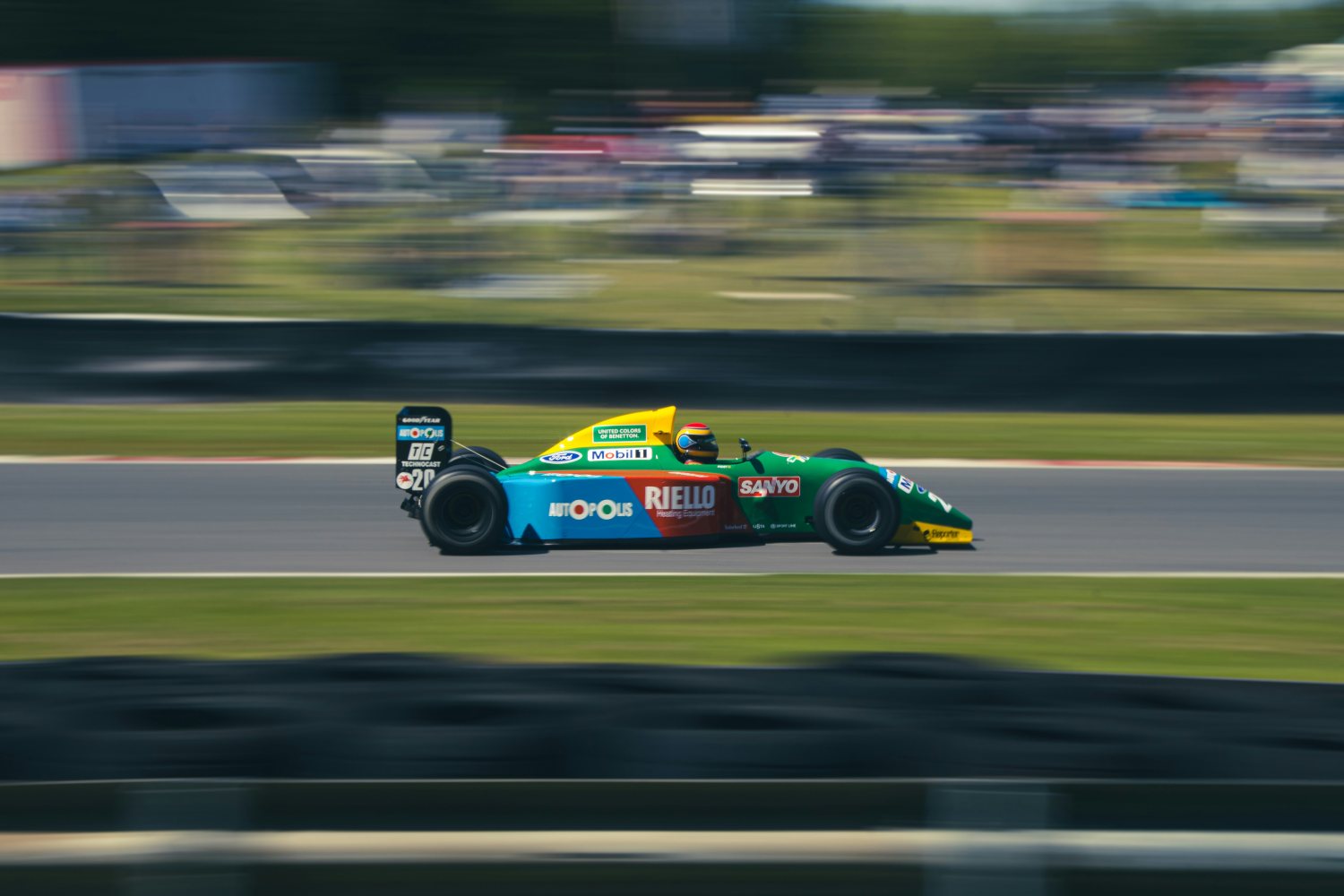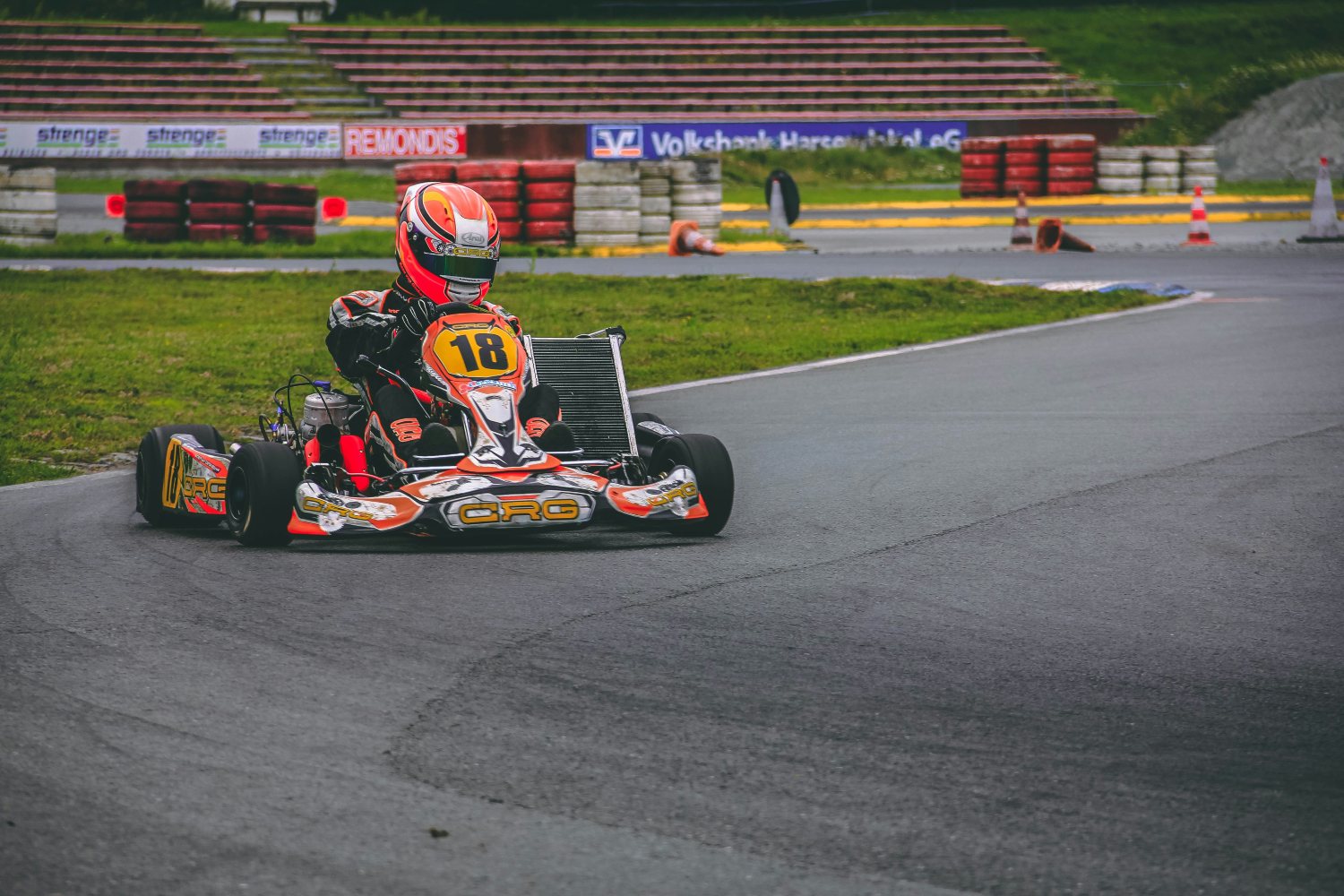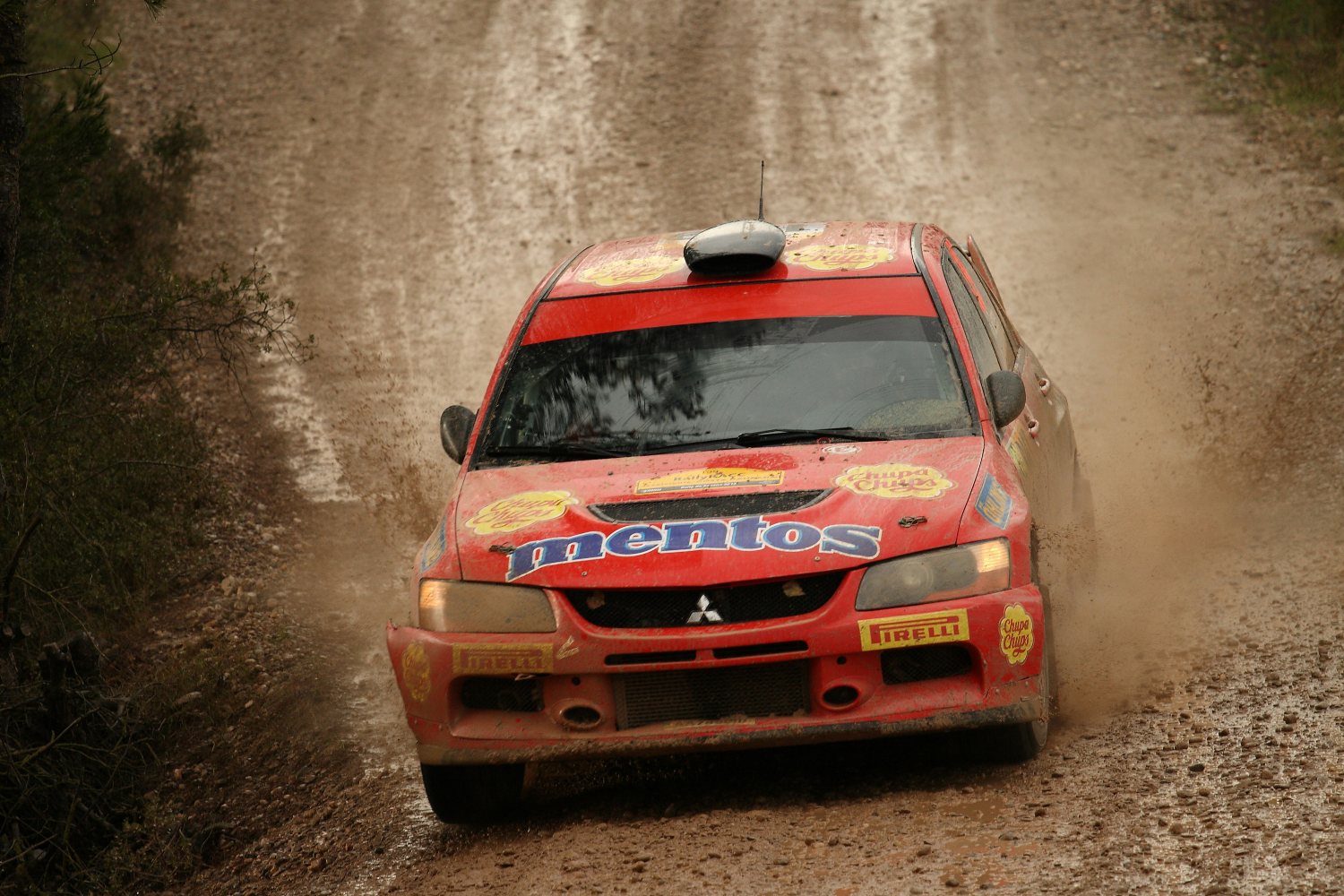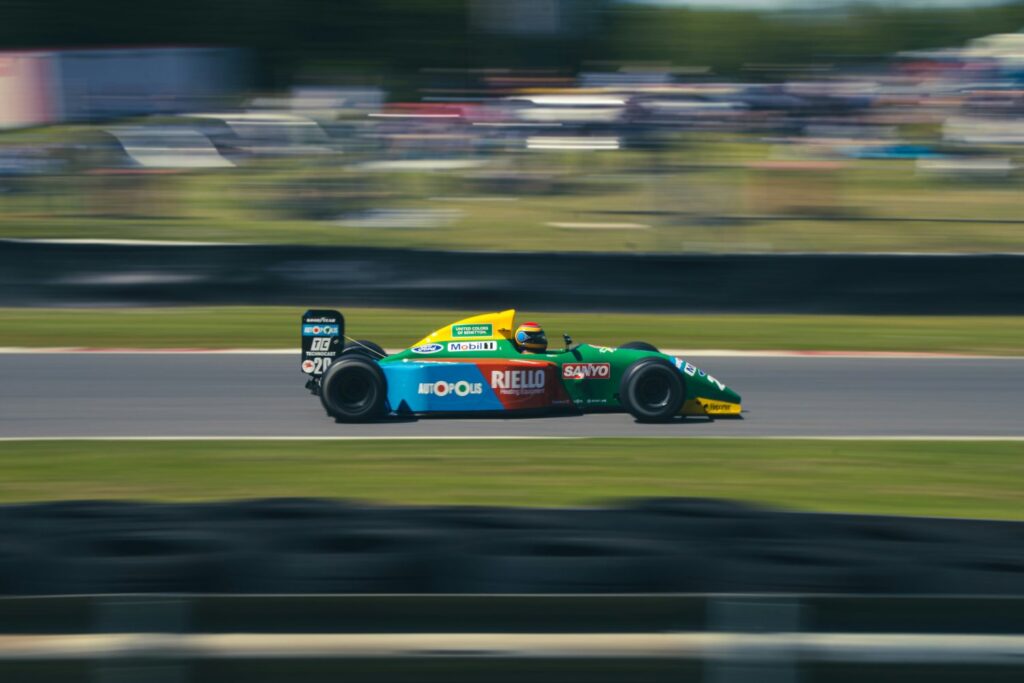A summary of the evolution of safety and risk management in professional motorsport?
Only until recently has safety been prioritised in professional motorsport – above technological advancements and speed. Motorsport has been deemed safer than ever, and while we see many spills and crashes, racing very rarely results in the death of a driver.

Although F1 cars are travelling faster than ever (233 mph), the evolution of track safety precautions and risk management has meant the sport has seen only one death in 25 years. Compared to the 1970s which saw a flurry of fatalities, safety is now at the forefront of race teams’ and track owners’ minds, not least because of the obligations mandated by industry bodies and insurance companies.
To investigate the evolution of track safety, we asked guest author Thomas Banks to unpick the storied history of motorsport.

The Risk of Racing
Racing has always been a popular sport. From the ancient roman chariots to Formula 1 today, we just can’t seem to get enough of the thrill and excitement of a good race. Undeniably, a part of that thrill comes from the inherent danger. Whether from the high speeds, tight corners, or tricky surfaces, all of us are aware that motorsport is dangerous, but the variety of these risks is both larger and more complex than we might think.
Safety in Early Motorsport
Motorsport first began to organise around the early 20th century, and safety regulations were extremely limited. Motor vehicles were rudimentary, and motor racing was risky. Drivers put themselves in extreme danger simply by taking part, but their bravery endeared them to fans. They came to be seen as daredevils, men of unique courage and skill who were prepared to risk it all – including their lives – to win. Therefore, safety precautions were not only seen as unnecessary, but contradictory to the spirit of motor racing itself.
This trend continued into the mid-20th century. On average, in the 1950’s, 3 racers died every year, yet there remained a great resistance to any advancement of safety standards for fear of watering down the sport. Regardless, some safety improvements were made following the 1955 Le Mans disaster, where 83 died and 120 were injured after a car hit the spectator stands. Across many tracks in Europe and the United States, safety barriers were introduced and the spectator stands were moved further from the track. Resistance to safety continued, but through the advocacy of drivers like Jackie Stewart and the Grand Prix Drivers Association (GPDA) in the 60’s and 70’s, the culture slowly began to change. Drivers gradually came to be seen more as mortal human beings who required proper protection, rather than as a uniquely brave breed of men for whom safety was an inconvenience.

“I would have been a much more popular World Champion if I had always said what people wanted to hear. I might have been dead, but definitely more popular.”
– Jackie Stewart, reflecting on his advocacy.
Arguments for greater safety in motorsport slowly gained momentum, paving the way for a new wave of safety standards throughout the late 20th and early 21st centuries. The disaster at the Imola Grand Prix in 1994 (where Roland Ratzenberger and Ayrton Senna were killed) gave new fervour to efforts to improve motorsport safety. The GPDA was re-founded, and new measures were introduced. Pit stop layouts were changed to reduce driver speed, cars were strengthened and redesigned to lessen the stresses they faced, and driver protection was increased. Crash safety standards were improved, crash barriers changes and track layouts were altered. These measures were incredibly successful, with Formula 1 not experiencing another death until 2014, 20 years later.
How does Motorsport Risk Management work today?
Today, safety is firmly the top priority in motorsport. Risk management is now a comprehensive process where potential risks are identified, analysed and mitigated as much as possible. There are a wide variety of methods by which this is carried out:
Comprehensive data analysis:
- This involves the use of data to predict unforeseen hazards.
- Data is collected on both the track and the vehicles.
- Data is collected before, during and after racing events.
Regular reviews of safety equipment:
- This can minimise the severity of incidents when they occur.
- With properly maintained equipment, organisers can deal with incidents more quickly.
Ongoing training for all people involved:
- This helps reduce the chance of an accident occurring.
- If an accident does occur, effectively trained staff can deal with it quickly and safely.

This applies to motorsport events of all sizes, from Formula 1 races to local karting events. There must be robust protocols and practices in place to minimise accidents, and ensure that all staff, participants, and spectators fully understand what to do in the event of an emergency. There has also been a focus on the tracks themselves. Tracks of all kinds; city-based Formula 1 races, offroad rallies or otherwise, must be designed with the safety of its users and of spectators as the ultimate concern. This includes measures such as wide run-off areas and speed limits on pit lanes.
Technology has also been a key driver in enhancing the safety and efficiency of risk management, with more advanced data analytics allowing for more accurate predictions of future risks. More advanced helmets and cockpits help to protect drivers during collisions, and the development of the HANS device has helped to protect their necks during a crash.
The 2020 Bahrain Grand Prix made it clear just how far risk management in motorsport has come, when Romain Grosjean’s car slammed into a barrier, split in half and burst into flames. With the safety measures of the 50’s, this could have been easily produced another Le Mans-style disaster, and yet Grosjean emerged from the car alive and was sent to the hospital with only 2nd degree burns. No spectators were harmed, and the race was suspended for 80 minutes to protect the marshals and clear the track to remove any hazards to other drivers.
Romero and the Future of Risk Management

As technology continues to advance, risk management in motorsport will certainly change with it. More advanced analytics, potentially driven by advancements in artificial intelligence, will allow for more accurate predictions of future risk. It is also hoped that there will be more collaboration between regulatory bodies to harmonise both regulations and practices, to help businesses better understand their obligations.
These changes can and do affect all levels of motorsport, from global championships to the grassroots level. Rule changes and safety advancements affect everybody. Romero work with both high-profile racing venues and local karting tracks, providing exceptional insurance coverage and award-winning service. Our experts have a thorough understanding of the Motorsports industry with intimate knowledge of the relevant safety precautions, and it is their pledge to stay up to date and accurate on necessary regulations.
For a full risk safety audit and guidance on best practices, contact the Romero Sports and Leisure Team today.



